GSM has two important meanings – one in mobile technology and another in fashion. When shopping for clothes, GSM (Grams per Square Meter) tells you how thick or thin a fabric is. Understanding GSM helps you buy better quality clothes, choose the right fabric weight for each season, and avoid see-through materials.
This complete guide explains GSM in both telecommunications and textiles, with practical tips for smart fashion shopping.
Table of Contents
Understanding What is GSM Really Means
Hey there, gorgeous! Ever wondered what is GSM, it means when you’re shopping for that perfect t-shirt or checking out a new phone? Don’t worry, you’re not alone. I was confused too when I first heard about GSM.
The term GSM pops up in two completely different places. First, in the world of mobile phones and networks. Second, in the fashion and textile industry. And honestly, both are super important to understand, especially if you love shopping for quality clothes like I do.
In this guide, I’m going to break down everything about GSM. We’ll talk about what it means in mobile communication and what it means when you’re buying fabrics. Trust me, by the end of this article, you’ll be a GSM expert! Just like understanding different fashion styles at Fashion Style Guide or finding your personal style through Fashion Style Quiz, knowing about GSM will make you a smarter shopper.

What Does GSM Stand For?
Okay, so here’s where it gets interesting. GSM has two different full forms depending on where you use it:
In Mobile Communication: GSM stands for Global System for Mobile Communications. It’s basically the technology that helps your phone make calls and send messages.
In Fabric and Textiles: GSM stands for Grams per Square Meter. This tells you how heavy or light a fabric is.
See? Same letters, totally different meanings. Let me explain both in detail so you never get confused again.
Origin and History of GSM
The mobile GSM technology started back in the 1980s in Europe. A group called Groupe Spécial Mobile (yes, that’s where GSM came from originally) worked on creating a standard that everyone could use. The first GSM call was made in Finland in 1991.
For fabric GSM, it’s been around for ages as a way to measure fabric weight. It became the standard measurement in the textile industry to help manufacturers and customers understand fabric quality.
Why GSM is Used in Multiple Industries
Both industries needed a simple way to measure and compare things. Phone companies needed a standard to make sure all phones could work together. Fashion brands needed a way to tell customers how thick or thin their fabrics are. Pretty smart, right?
GSM Meaning in Mobile Communication
Let me explain what is GSM when we talk about phones and networks.
What is GSM in Mobile Networks?
GSM in mobile communication is a digital technology that your phone uses to connect to cell towers. When you make a call or send a text, GSM technology is working behind the scenes to make it happen.
Think of it like a common language that all phones and cell towers speak. Before GSM, different countries used different systems, so your phone wouldn’t work everywhere. GSM changed that.
How GSM Technology Works
Here’s the simple version of how GSM works:
- Your phone has a SIM card (that little chip you put in your phone)
- The SIM card connects to the nearest cell tower
- The cell tower sends your call or message through the network
- It reaches the person you’re calling
GSM uses something called time slots. Imagine a highway where cars take turns using different lanes. That’s basically how GSM lets multiple people use the same network at once.
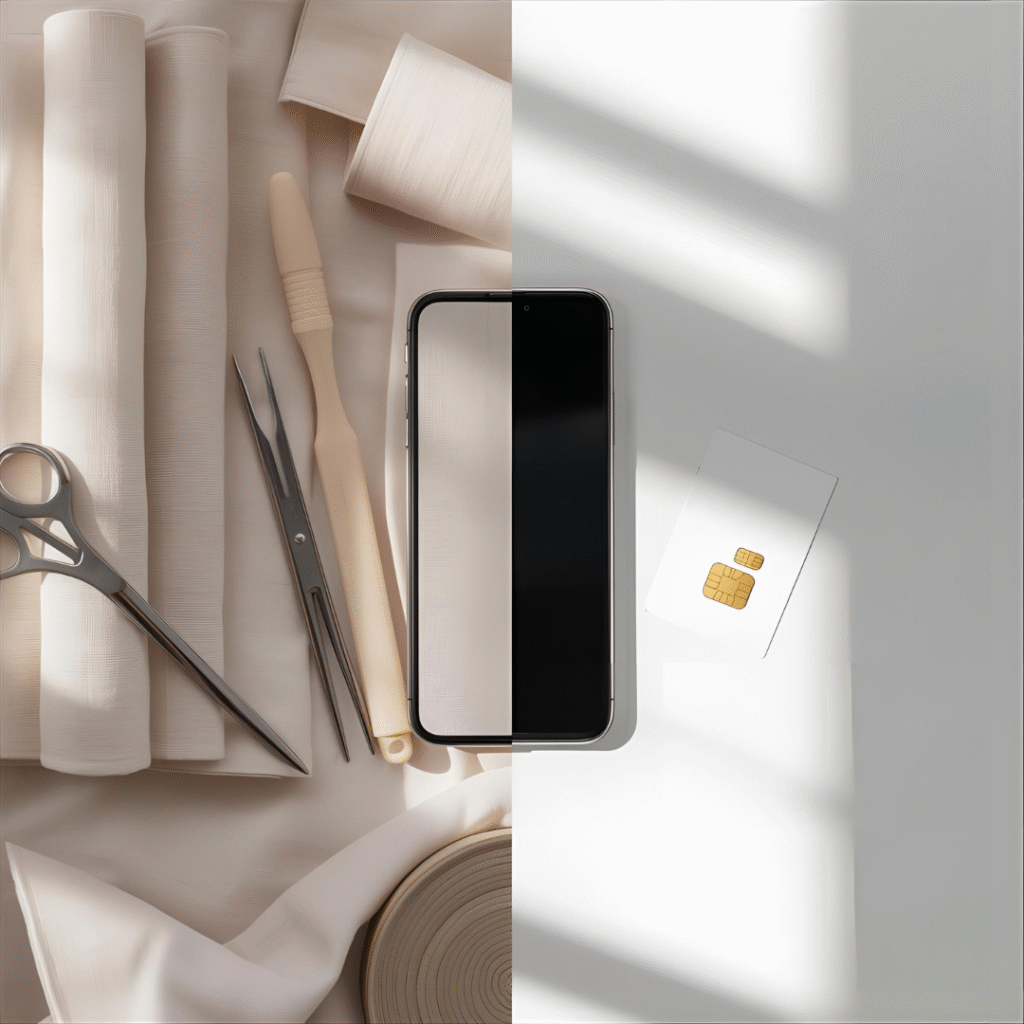
Key Features and Benefits of GSM in Telecom
Why do we love GSM? Here are the main reasons:
- Global Coverage: GSM works in over 200 countries. You can travel and still use your phone.
- SIM Card Magic: You can easily switch phones by just moving your SIM card.
- Better Call Quality: Digital signals mean clearer conversations.
- Text Messaging: GSM made SMS (text messages) possible.
- International Roaming: Use your phone number abroad without issues.
Difference Between GSM and CDMA Networks
Now, you might have heard about CDMA too. Let me break down the main differences:
GSM Networks:
- Uses SIM cards
- More common worldwide
- Easy to switch carriers
- Works in most countries
CDMA Networks:
- Doesn’t always need SIM cards (older versions)
- Less common globally
- Phone is locked to specific carriers
- Popular in the US (Verizon used to use this)
The good news? Most modern phones now support both. And with 4G and 5G taking over, this difference matters less and less.
How GSM Network Works
Let me break down the main parts of a GSM network in super simple terms.
The Basic Components
SIM Card: This tiny card holds your phone number, contacts, and network information. It’s like your phone’s ID card.
Base Stations: These are the cell towers you see around your city. They catch the signals from your phone and pass them along.
Switching Centers: These are like traffic controllers. They route your calls and messages to the right place.
How Calls and Data Are Transmitted
When you make a call:
- Your phone sends a signal to the nearest base station
- The base station connects to a switching center
- The switching center finds the person you’re calling
- Your call gets connected through multiple towers
- You talk and laugh with your friend!
It all happens in milliseconds. Amazing, right?
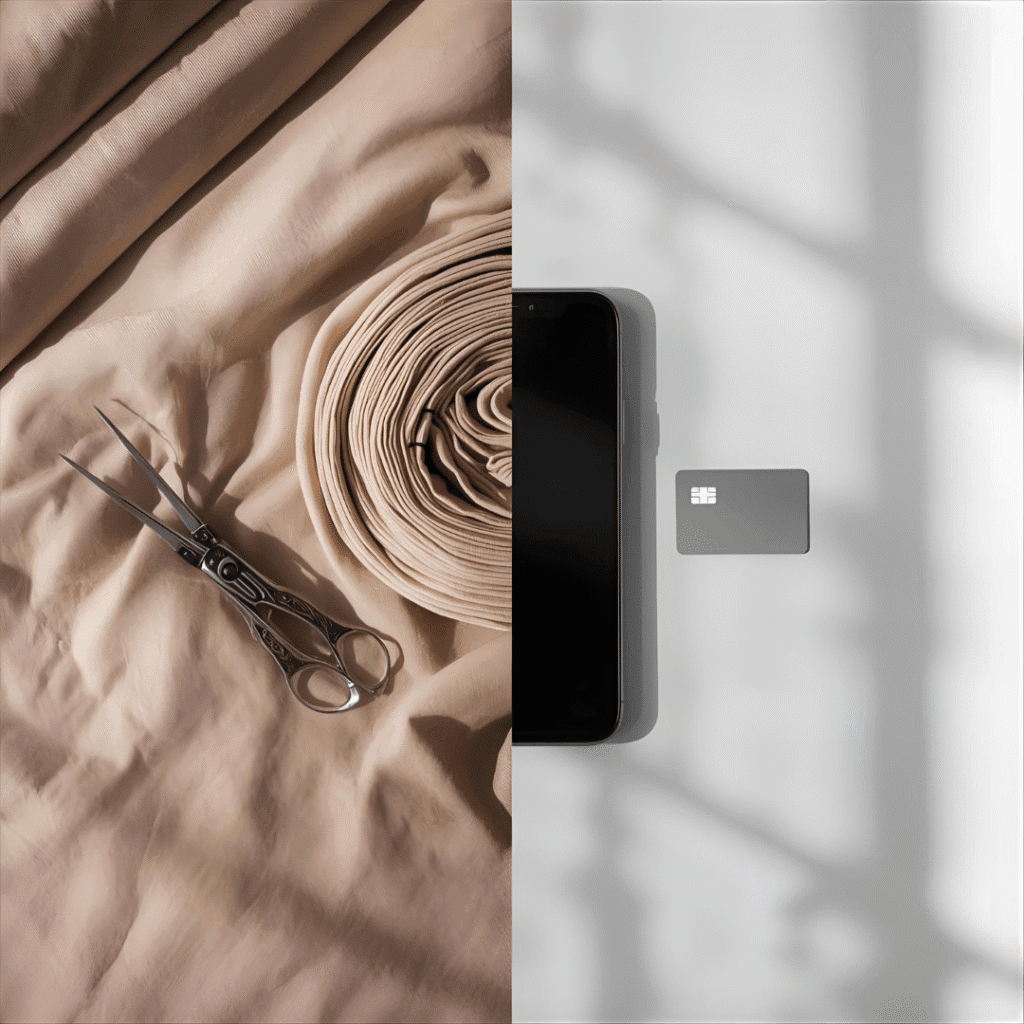
Benefits of GSM Technology
Let me tell you why GSM became so popular worldwide.
Global Coverage and Roaming Support
The best thing about GSM? It works almost everywhere. I’ve traveled to different countries and my phone just works. No need to buy a new phone every time you travel. That’s the beauty of GSM’s global coverage.
Cost Efficiency and Reliability
GSM networks are cheaper to build and maintain. This means lower costs for phone companies, which (hopefully) means lower bills for us. Plus, GSM is super reliable. Calls rarely drop, and the connection is usually strong.
Compatibility Across Devices and Carriers
Want to switch from one carrier to another? With GSM, just pop in a new SIM card and you’re good to go. No need to buy a brand new phone. This flexibility is a lifesaver when you find a better deal with another carrier.
GSM Meaning in Fabric and Textiles
Now let’s talk about the GSM that really matters to us fashion lovers – fabric GSM!
What is GSM in Fabric Measurement?
When we talk about GSM in fabrics, we’re talking about Grams per Square Meter. It’s a way to measure how much a piece of fabric weighs.
Imagine you have a square piece of fabric that’s 1 meter by 1 meter. If you weigh it and it’s 200 grams, then that fabric is 200 GSM. Simple, right?
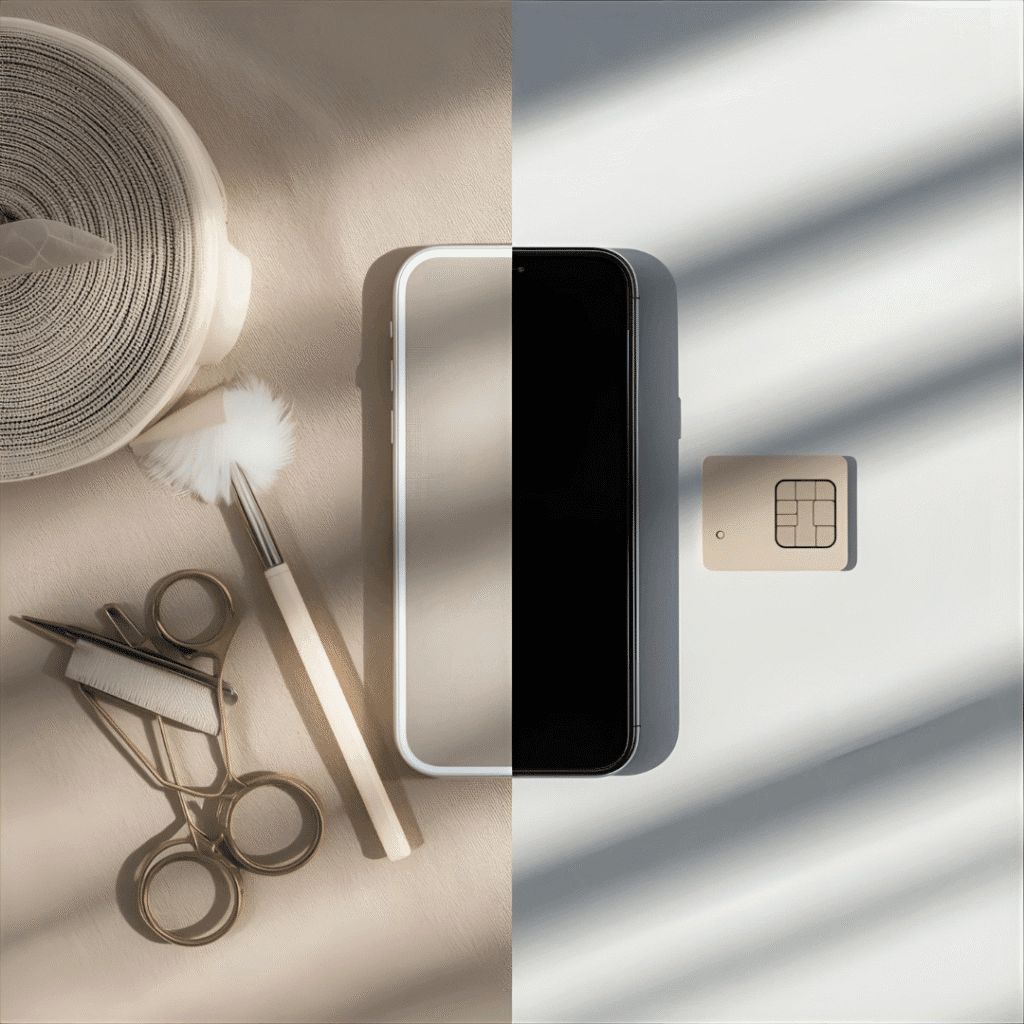
How GSM Determines Fabric Weight and Quality
GSM tells you a lot about a fabric:
- Low GSM (100-150): Light, thin, breathable fabrics
- Medium GSM (150-250): Regular weight fabrics for everyday wear
- High GSM (250+): Heavy, thick, durable fabrics
But here’s the thing – higher GSM doesn’t always mean better quality. It just means heavier. A 100 GSM silk can be way better quality than a 300 GSM cheap cotton.
The Role of GSM in Clothing and Textile Production
Manufacturers use GSM to:
- Keep fabric quality consistent
- Price their products fairly
- Tell customers what to expect
- Design clothes for different seasons
When I’m shopping online, I always check the GSM. It helps me know if a t-shirt will be see-through or if a hoodie will actually keep me warm. Understanding fabric measurements is just as important as knowing how to find pants that fit perfectly.
How to Measure GSM in Fabric
Want to know how brands measure GSM? Let me tell you.
Tools and Methods for Calculating GSM
Professional Method:
- Use a GSM cutter (a special circular cutting tool)
- Cut a 100 square centimeter sample
- Weigh it on a precise scale
- Multiply the weight by 100
Simple Home Method:
- Cut a 10cm x 10cm square of fabric
- Weigh it in grams
- Multiply by 100
GSM Calculation Formula
Here’s the basic formula:
GSM = (Weight of fabric sample in grams / Area of sample in square meters) x 1
If you have a sample that’s 10cm x 10cm (which is 0.01 square meters) and it weighs 2 grams:
GSM = (2 / 0.01) = 200 GSM
Easy peasy!
Why GSM Matters in Clothing
Now let me tell you why I always check GSM before buying clothes.
How GSM Affects Comfort, Thickness, and Durability
Comfort: Lower GSM fabrics feel lighter and airier on your skin. Perfect for hot summer days. Higher GSM feels more substantial and cozy.
Thickness: The higher the GSM, the thicker the fabric. A 300 GSM hoodie will be much thicker than a 150 GSM one.
Durability: Generally, higher GSM means more durable. But remember, fabric type matters too. A 150 GSM denim is way more durable than a 250 GSM jersey.
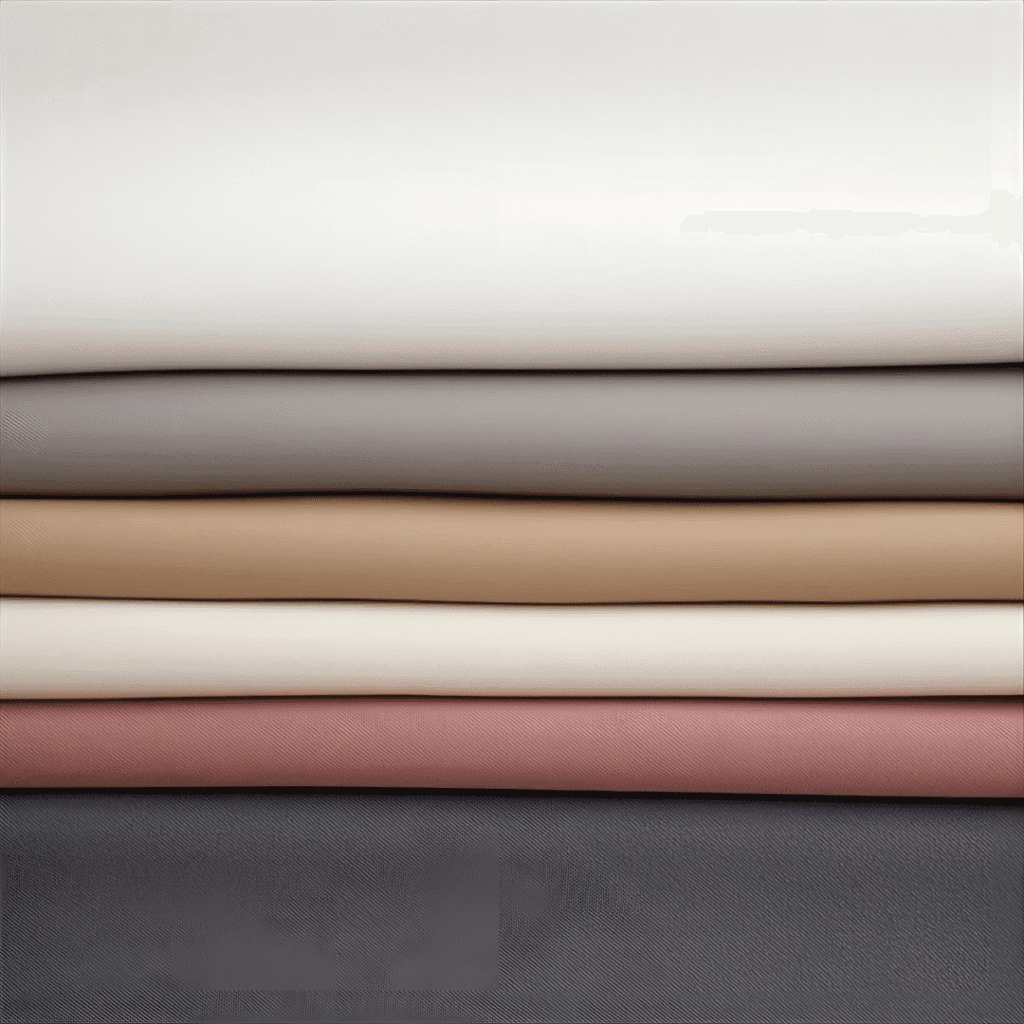
Ideal GSM Range for Different Clothing Items
Let me share my GSM cheat sheet for shopping:
T-shirts:
- Summer tees: 120-160 GSM (light and breezy)
- Regular tees: 160-200 GSM (everyday wear)
- Premium tees: 200-240 GSM (thick and luxe)
Hoodies:
- Light hoodies: 250-300 GSM
- Regular hoodies: 300-400 GSM
- Winter hoodies: 400-500 GSM
Jeans:
- Light denim: 300-400 GSM
- Regular denim: 400-500 GSM
- Heavy denim: 500-600+ GSM
Understanding GSM in denim is crucial, especially when you’re learning about what is inseam and other jean measurements for the perfect fit.
Leggings:
- Thin leggings: 180-250 GSM
- Workout leggings: 250-350 GSM
Dresses:
- Summer dresses: 120-180 GSM
- Fall dresses: 200-300 GSM
Difference Between GSM in Mobile and GSM in Fabric
Let me clear up the confusion once and for all.
Telecom GSM vs Textile GSM Explained
Mobile GSM (Global System for Mobile Communications):
- It’s a technology standard
- Helps phones communicate
- About networks and signals
- Related to telecommunications
Fabric GSM (Grams per Square Meter):
- It’s a measurement unit
- Measures fabric weight
- About textile quality
- Related to fashion and textiles
They’re completely different things that just happen to share the same letters. When someone talks about GSM, you need to figure out the context. Are they talking about phones or fabrics?
Context-Based Meanings to Avoid Confusion
At a phone store: They mean mobile GSM At a fabric store: They mean fabric GSM On a clothing website: Definitely fabric GSM Talking about phone carriers: Mobile GSM
Easy way to remember: If it’s about clothes, it’s fabric GSM. If it’s about phones, it’s mobile GSM.
Common GSM Values and Their Uses
Let me give you some real-world examples.
GSM Chart for Fabric Types
Lightweight Fabrics (30-150 GSM):
- Chiffon: 30-50 GSM
- Voile: 60-80 GSM
- Cotton lawn: 100-130 GSM
- Summer t-shirts: 120-150 GSM
Medium Weight Fabrics (150-300 GSM):
- Regular t-shirts: 160-200 GSM
- Jersey: 180-250 GSM
- Poplin: 200-250 GSM
- Light sweatshirts: 250-300 GSM
Heavyweight Fabrics (300+ GSM):
- Denim: 300-600 GSM
- Canvas: 400-600 GSM
- Fleece: 300-400 GSM
- Winter coats: 500+ GSM
Common GSM Ranges in Mobile Networks
2G GSM Networks:
- Frequency: 850, 900, 1800, 1900 MHz
- Data speed: Up to 120 kbps
- Best for: Calls and texts
3G Networks (UMTS/HSPA):
- Based on GSM technology
- Data speed: Up to 42 Mbps
- Best for: Web browsing, social media
4G LTE:
- Evolution of GSM
- Data speed: Up to 100+ Mbps
- Best for: Video streaming, gaming
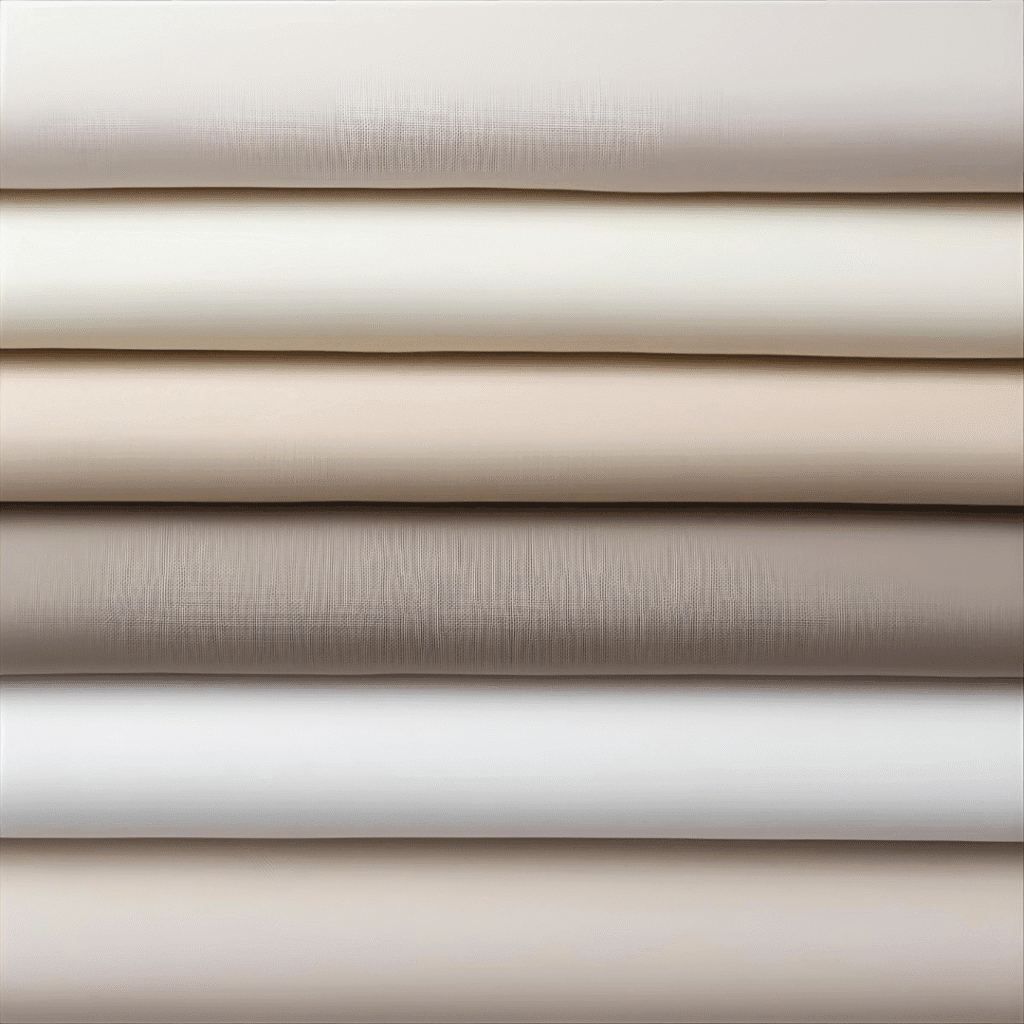
GSM vs Other Technologies
Let’s compare GSM with newer technologies.
GSM vs LTE
GSM (2G):
- Older technology
- Slower speeds
- Good for calls and texts
- Being phased out in many countries
LTE (4G):
- Modern technology
- Much faster speeds
- Great for everything
- Current standard
GSM vs 3G / 4G / 5G
GSM (2G):
- First digital network
- Basic data services
- Maximum 120 kbps
3G:
- Faster than GSM
- Better for internet
- Up to 42 Mbps
4G:
- High-speed internet
- Video streaming quality
- Up to 100+ Mbps
5G:
- Ultra-fast speeds
- Future of mobile
- Up to 10+ Gbps
Think of it like transportation: GSM is walking, 3G is biking, 4G is driving a car, and 5G is flying a plane!
GSM vs Wi-Fi and CDMA
GSM vs Wi-Fi:
- GSM: Cellular network, works everywhere (with coverage)
- Wi-Fi: Local wireless network, needs a router
GSM vs CDMA:
- GSM: Uses SIM cards, global standard
- CDMA: Device-specific, less common
- Modern networks: Both evolved into LTE
Advantages and Disadvantages of GSM
Let’s look at the pros and cons.
Pros of GSM in Telecom
Advantages:
- Works in over 200 countries
- Easy to switch phones (just move SIM card)
- Good call quality
- Supports international roaming
- Widely available
- Cost-effective
Disadvantages:
- Older technology (2G/3G being shut down)
- Slower than modern networks
- Can have security vulnerabilities
- Being replaced by 4G and 5G
Pros and Cons of GSM-Based Fabric Measurement
Advantages:
- Easy to understand
- Standard measurement worldwide
- Helps compare different fabrics
- Tells you about fabric weight
- Useful for quality control
Disadvantages:
- Doesn’t tell you everything about quality
- Same GSM can feel different in different fabrics
- Doesn’t indicate softness or texture
- Need other factors too (like fabric type, weave)
FAQs About What is GSM
Let me answer the most common questions I get.
1. What is GSM full form in mobile?
GSM stands for Global System for Mobile Communications. It’s the technology standard used by mobile networks for 2G digital cellular networks.
2. What is GSM full form in fabric?
In fabric, GSM means Grams per Square Meter. It measures how much a square meter of fabric weighs in grams.
3. How do I calculate GSM in fabric?
Cut a sample of fabric (10cm x 10cm), weigh it in grams, then multiply by 100. That gives you the GSM value.
4. Is GSM better than CDMA?
Neither is necessarily “better.” GSM is more widely used globally and offers more flexibility with SIM cards. CDMA had better call quality in some cases. But now with 4G and 5G, this difference doesn’t matter much anymore.
5. What does higher GSM in fabric mean?
Higher GSM means heavier, thicker fabric. A 300 GSM t-shirt is much thicker than a 150 GSM one. But higher isn’t always better – it depends on what you need.
6. Can GSM be used for internet connections?
Yes! GSM networks evolved to support data services. First through GPRS and EDGE, then 3G, 4G, and now 5G. Modern smartphones use this technology for internet.
7. What is a good GSM for t-shirts?
For summer t-shirts: 120-160 GSM (light and breathable) For regular everyday wear: 160-200 GSM (comfortable) For premium quality: 200-240 GSM (thick and durable)
8. What are GSM network frequencies?
GSM networks typically use these frequencies:
- 850 MHz
- 900 MHz
- 1800 MHz
- 1900 MHz
Different countries use different bands.
9. What is GSM in the context of SIM cards?
SIM cards are part of the GSM system. They store your phone number, contacts, and authentication data. The SIM card is what makes GSM networks so flexible – you can easily switch phones or carriers.
10. Is GSM still used today?
For mobile: 2G GSM is being phased out in many countries. Most networks now use 4G LTE and 5G, though these evolved from GSM technology.
For fabric: Yes! GSM is still the standard measurement for fabric weight worldwide.
Conclusion – Why Understanding GSM Matters
Okay, lovely ladies, we’ve covered a lot! Let me wrap this up for you.
Recap of GSM’s Importance in Telecom
Understanding mobile GSM helps you:
- Know why your phone works internationally
- Understand your network better
- Make smarter choices when buying phones
- Know what technologies your phone supports
Even though we’re moving to 5G, GSM technology laid the foundation for all modern mobile networks.
Why GSM Matters in Textiles and Fashion
For fashion lovers like us, fabric GSM is super important because:
- It helps you buy the right weight of fabric
- You’ll know if a t-shirt will be see-through before buying
- You can choose the perfect thickness for each season
- It helps you understand quality and value
- You’ll make better online shopping decisions
Final Thoughts
Here’s my advice: Always check the GSM when you’re buying clothes online. A 140 GSM summer dress and a 240 GSM winter dress are totally different things. And now you know exactly what those numbers mean!
Whether it’s your phone or your favorite t-shirt, GSM affects your daily life more than you think. Now you’re armed with all this knowledge, so go ahead and shop smarter, dress better, and enjoy the tech that connects us all.
Remember, GSM in fashion is your best friend when shopping. It takes the guesswork out of buying fabrics online. And GSM in mobile? Well, that’s why you can video chat with your bestie who lives halfway across the world!
Stay stylish, stay informed, and keep rocking those amazing outfits!
Written for StyleUpLadies.com – Your go-to fashion blog for style tips, fabric guides, and everything fashion!



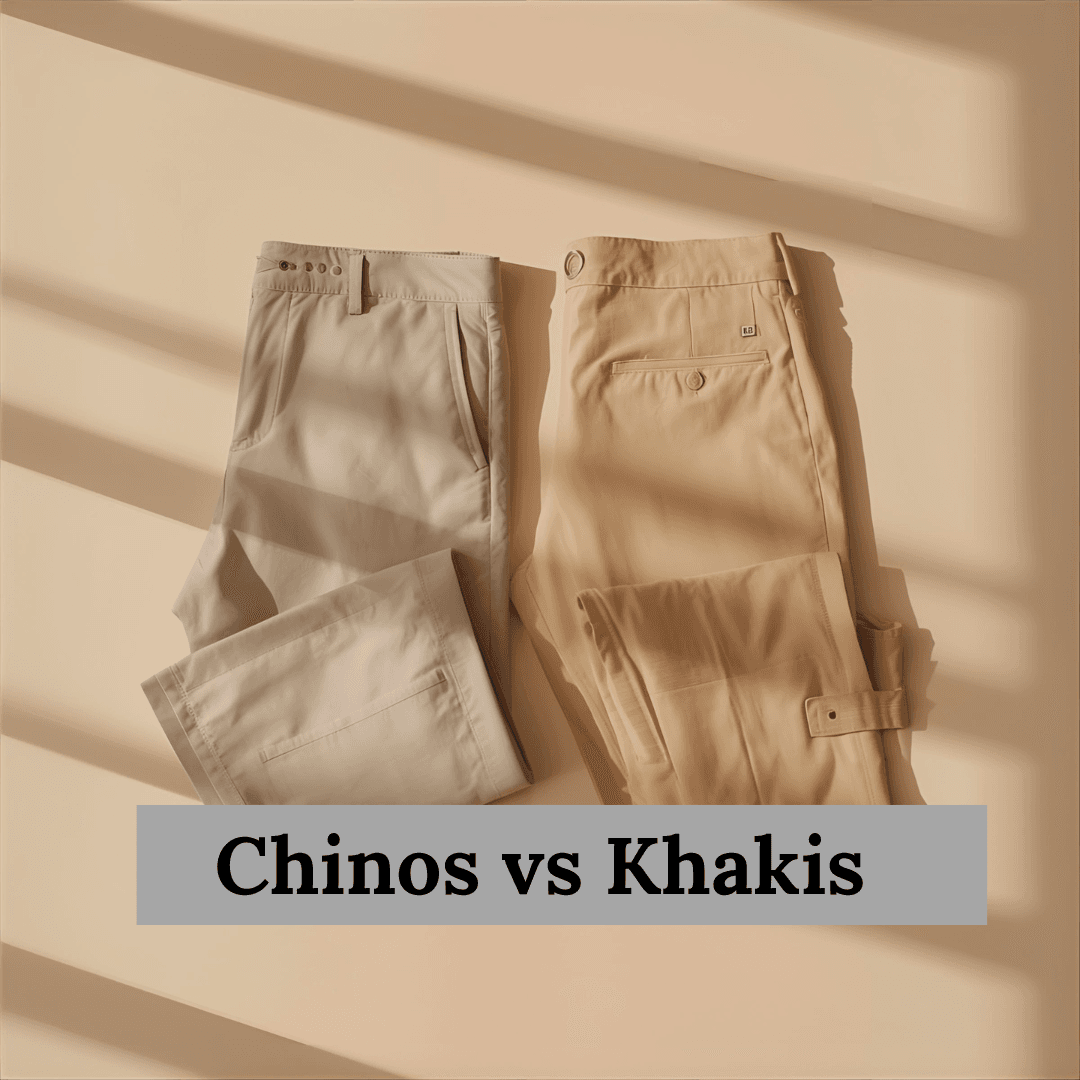



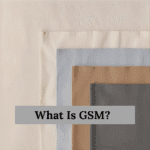
Leave a Reply